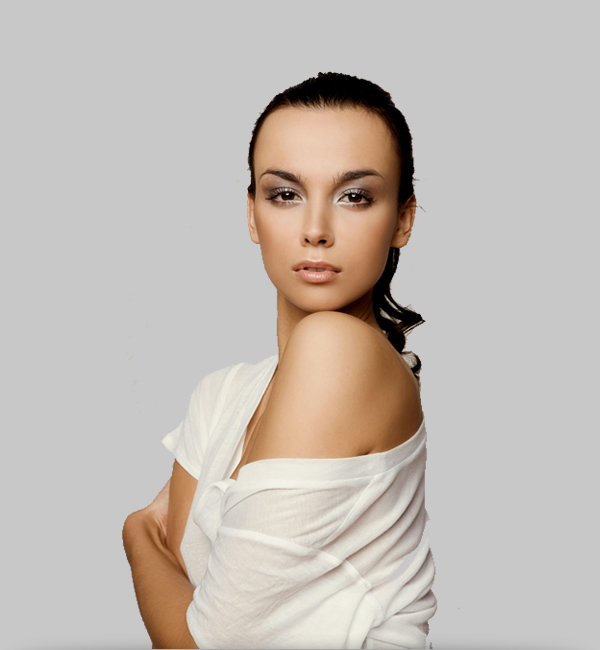
Korean Beauty Secrets
10 Essential Steps for Radiant Skin and the Secrets of Korean Beauty
More than just a set of products, this routine represents a moment of self-care, pleasure,
and connection with your own beauty.
We’ve prepared a complete guide with the 10 essential steps — so you can adapt it according to your skin
type and daily routine.
Golden Rule of the Korean Routine: Apply products from the lightest to the thickest
consistency.
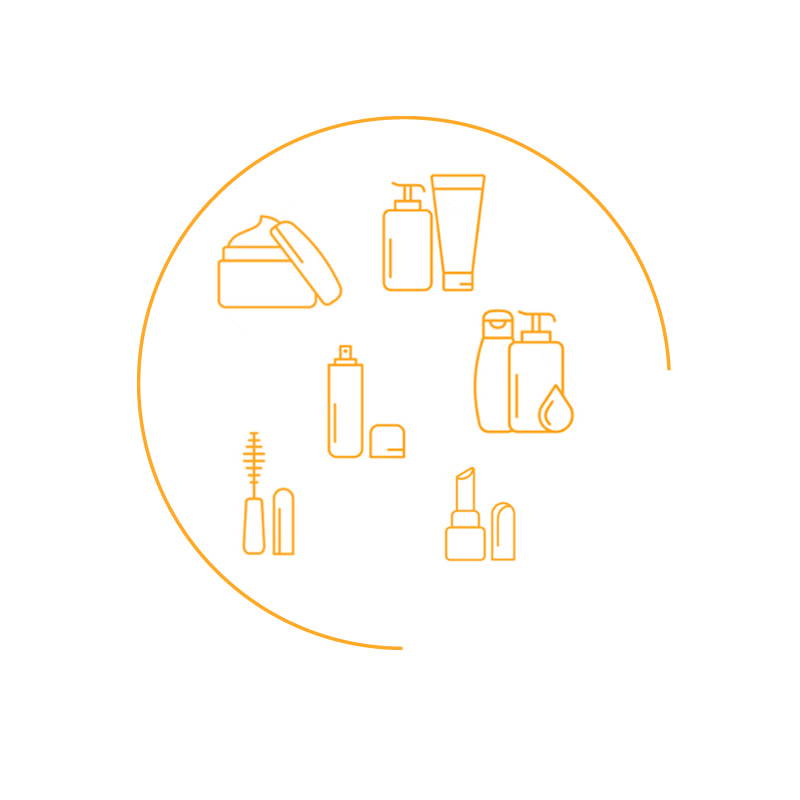
Order of Products in the Korean Skincare Routine
from lightest to densest
- Hydrophilic Cleansing Oil
- Foam or Gel Cleanser (second cleanse)
- Exfoliation (1–2x per week: gel, enzyme powder or acid toner)
- Toner
- Essence
- Serum / Ampoule
- Sheet Mask (optional – before the cream)
- Eye Cream
- Face Cream
- Sunscreen (in the morning)
This ensures better absorption and maximum effectiveness of each step!
HYDROPHILIC CLEANSING OIL
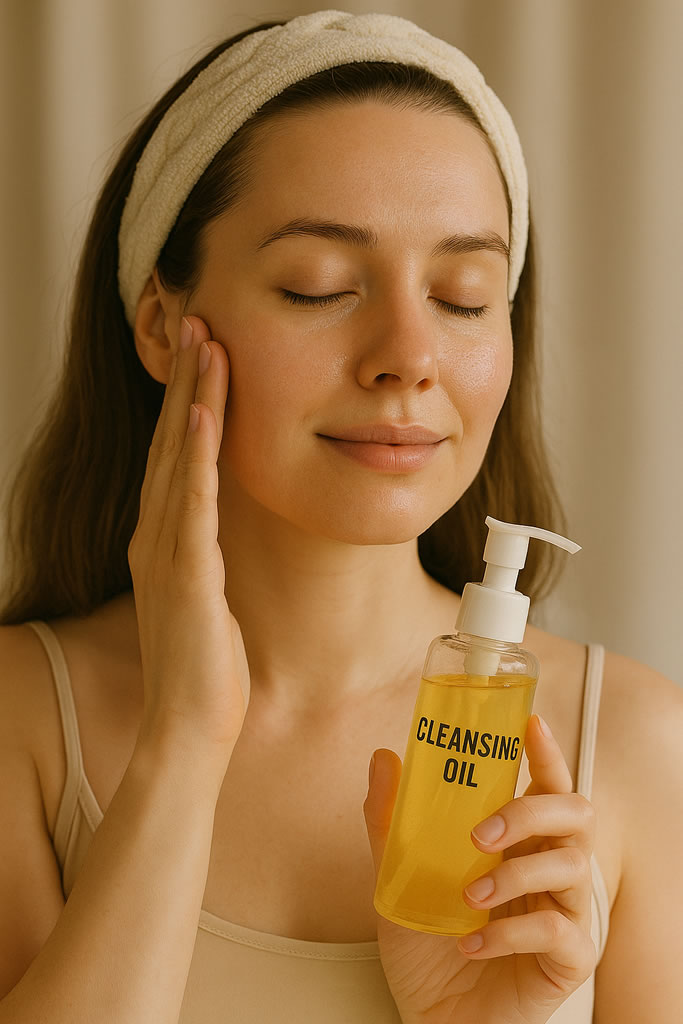
Hydrophilic cleansing oil is a combination of natural oils and emulsifiers that provides magical care for the skin. When in contact with water, it turns into a soft milk or light foam that effectively removes makeup, sebum, and impurities. It rinses off easily with warm water, leaving no oily residue, while nourishing the skin with vitamins and beneficial nutrients.
Even those with oily skin can (and should!) use hydrophilic oil. With regular use, blackheads disappear, pores become cleaner, and the skin gains a natural, healthy glow.
How to use hydrophilic cleansing oil?
Super easy! Apply a small amount (1–2 pumps) directly to dry skin, even with makeup. Massage in circular motions — this gives the oil time to dissolve all layers of makeup and impurities.
Then, add a bit of water and continue massaging until the oil turns into a light emulsion, like milk or soft foam. Rinse with warm water — it comes off easily!
Finish with your gel or foam cleanser to complete the double cleansing routine.
Important tips for using cleansing oil:
Don’t rinse with cold water!
Only warm (almost hot) water can fully dissolve
the oil.
Don’t use the oil in the morning.
Using it at that time can make your skin more
sensitive and compromise the hydrolipid barrier and natural microbiome.
Use the oil to remove eye makeup.
It’s the most gentle and effective way to
cleanse this sensitive area, without rubbing with cotton pads that can stretch and damage the
delicate skin.
Foam or Gel Cleanser
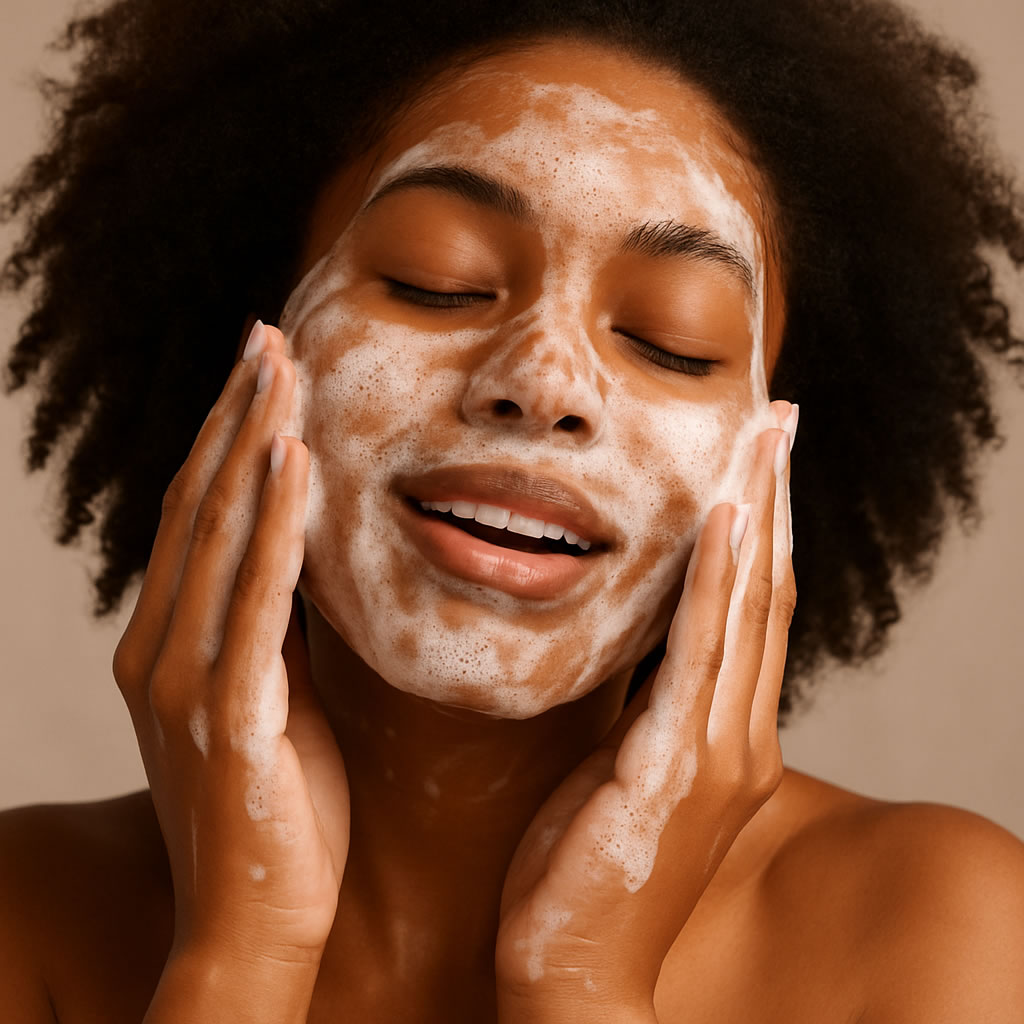
The second essential step in facial cleansing (right after cleansing oil!). It removes remaining residue, deeply cleanses pores, and leaves skin feeling fresh without drying it out. Ideal for maintaining balance and preparing skin for the next steps.
How to use it?
Create a creamy lather in your hands, apply to face, gently massage, and rinse with warm water. Done — clean, fresh, and happy skin!
Why use foam or gel cleanser?
- Deep cleansing without drying
- Helps control oiliness
- Leaves skin soft, fresh, and balanced
- Prepares skin for next steps
Exfoliation
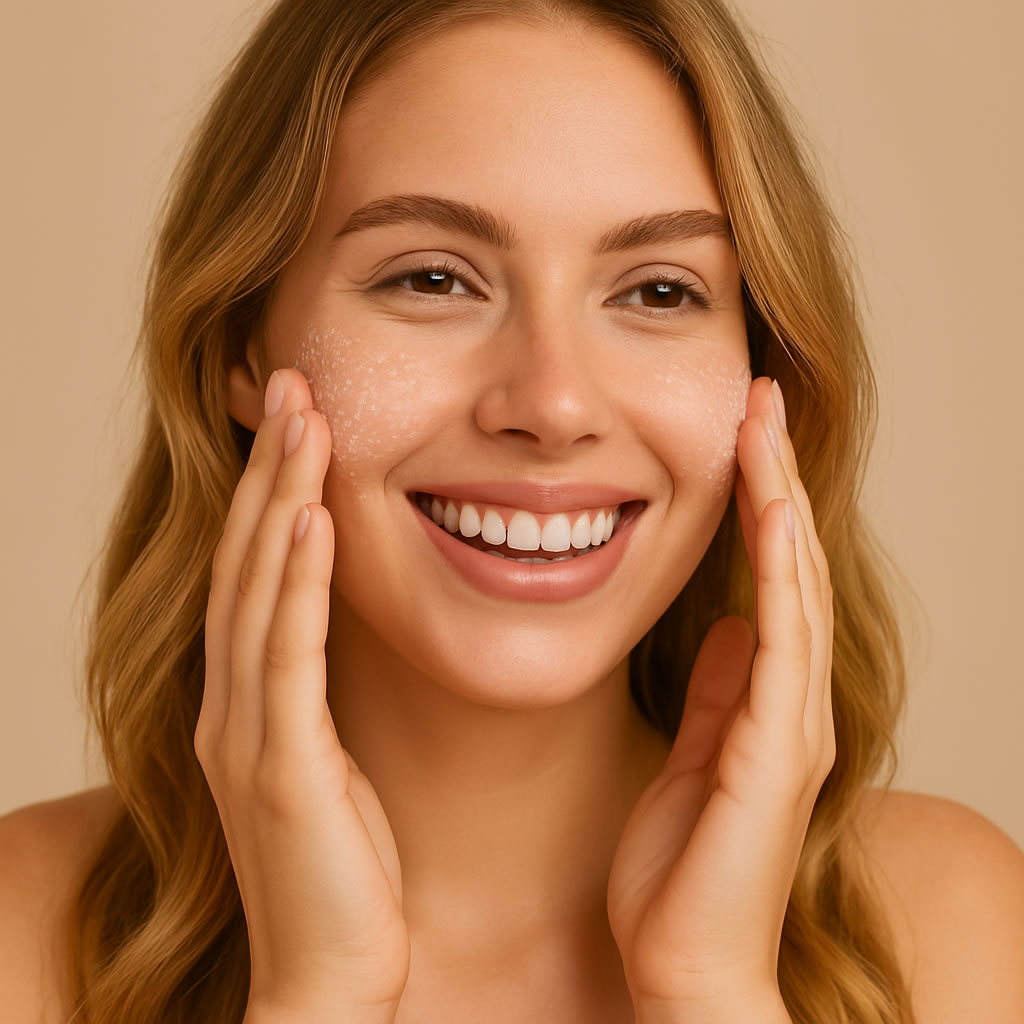
Exfoliation removes dead skin cells, clears pores, and leaves skin smoother and more radiant.
There are different types — choose the one that suits your skin:
- Toners or serums with acids (AHA, BHA, PHA)
- Gentle enzyme powder activated with water
- Or the simplest and safest option: exfoliating gels, which gently remove dead cells without harming the skin.
Which exfoliant is best for your skin type?
- Oily or acne-prone skin: Opt for toners or serums with salicylic acid (BHA) – they deeply clean pores and control oiliness.
- Dry or sensitive skin: Choose enzyme powders or gentle exfoliating gels – they renew skin without causing irritation.
- Normal to combination skin: Alternate between light acids (like glycolic or lactic) and exfoliating gels to keep skin luminous and balanced.
Quick guide: How to use each type of exfoliant?
1. Exfoliating Gel (peeling gel)
- Apply to clean, dry skin
- Let sit for 1–2 minutes
- Gently massage until it forms "rolls"
- Rinse with warm water
- Don’t scrub hard – be gentle with your skin!
2. Enzyme Powder
- Put a bit in damp hands
- Create foam
- Apply to wet skin
- Massage gently and rinse with warm water
3. Exfoliating Toner (acids)
- Use a cotton pad
- Apply to dry skin after cleansing
- Gently swipe following the lines of the face
- Best used at night — always follow with sunscreen the next day!
Exfoliate a maximum of 2x per week and always wear sunscreen afterwards!
Toner
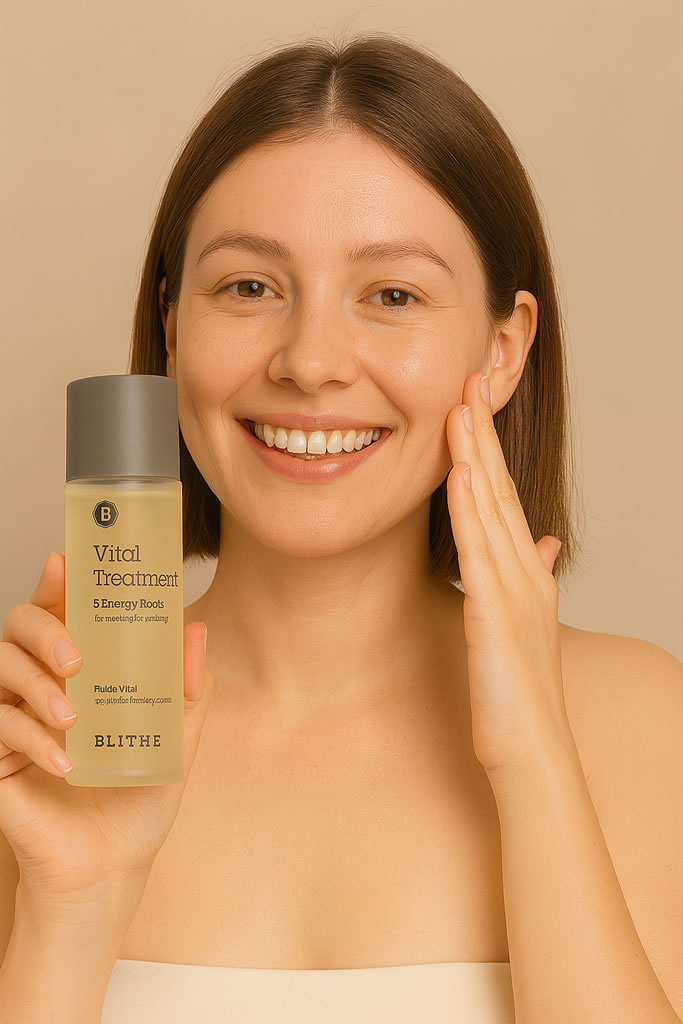
It balances the skin’s pH after cleansing, hydrates, soothes, and prepares the skin to better absorb the next steps (like serums and creams).
Korean brands invest heavily in super-concentrated formulas for toners and essences. That’s because their molecules are smaller and can penetrate deeper into the skin, enhancing results from the very beginning of the routine.
How to apply toner correctly?
Ideally, apply toner with your hands, gently patting it into your skin. This avoids using too much cotton, prevents stretching the skin, and improves absorption — your skin will thank you!
Essence

With a water-like texture, essences are highly concentrated in hydrating and regenerating active ingredients. They improve elasticity, add glow, and prepare the skin to better absorb upcoming products.
How to use essence?
Apply with clean hands, gently patting onto the skin right after toner.
Serum / Ampoule
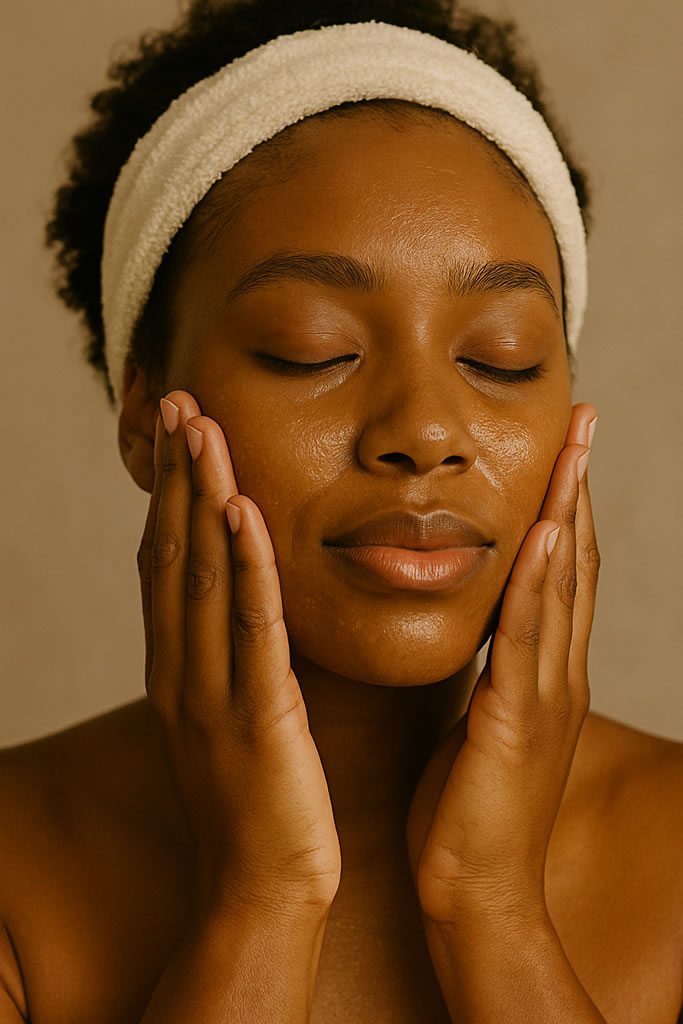
Serums or ampoules are intensive treatments, rich in active ingredients like vitamin C, peptides, collagen, and hyaluronic acid. They penetrate deeper into the skin to treat specific needs — whether hydration, firmness, radiance, or cellular renewal.
How to use serum / ampoule?
Apply with clean hands directly to the skin using gentle motions.
Sheet Mask

An optional step in skincare, applied after essence — or in some cases, after serum. (Intense hydration, nourishment, and instant care for all skin types.)
How to use sheet mask?
Use 2 to 3 times a week, or whenever needed.
After using masks with liquid textures — like essence, gel, or serum — it's important to apply a moisturizer. This helps maintain hydration and prevents moisture loss.
Especially with hyaluronic acid masks, this step is crucial: without applying cream afterwards, the skin may lose water quickly, leading to the opposite effect.
Eye Cream
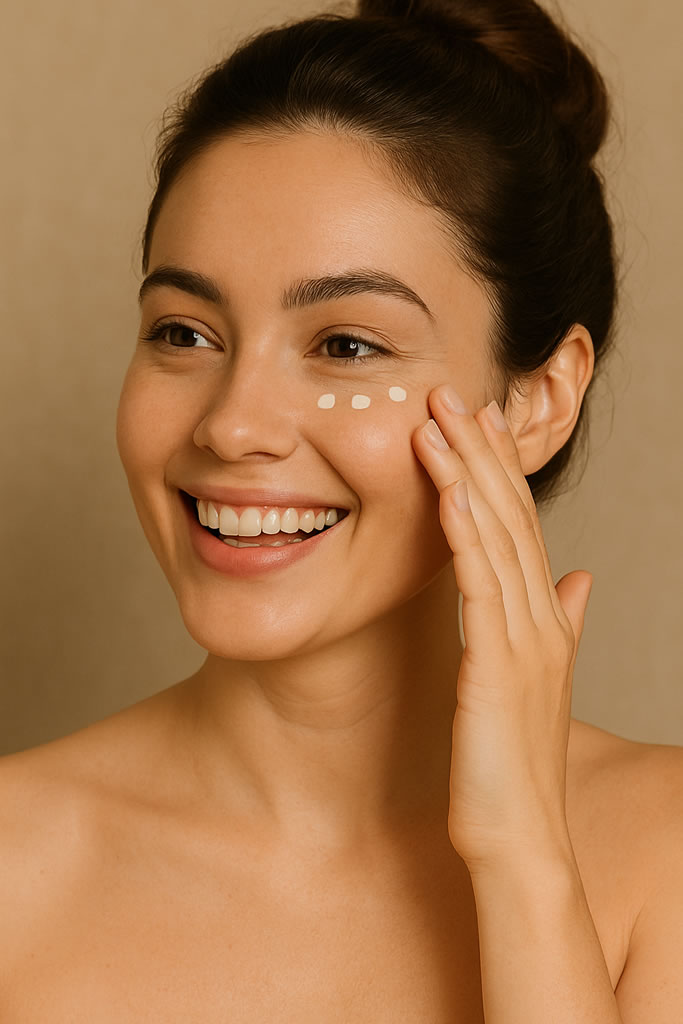
Delicate hydration to smooth fine lines, reduce puffiness and dark circles. Ideal for the daily care of the sensitive eye area.
Use: morning and night
Application: with light tapping, no rubbing
Extra tip: keep it in the fridge for a refreshing effect
Did you know? The skin under the eyes doesn’t have sebaceous glands — meaning it can’t hydrate or protect itself naturally. A good eye cream creates a protective barrier and helps prevent premature aging.
Face Cream
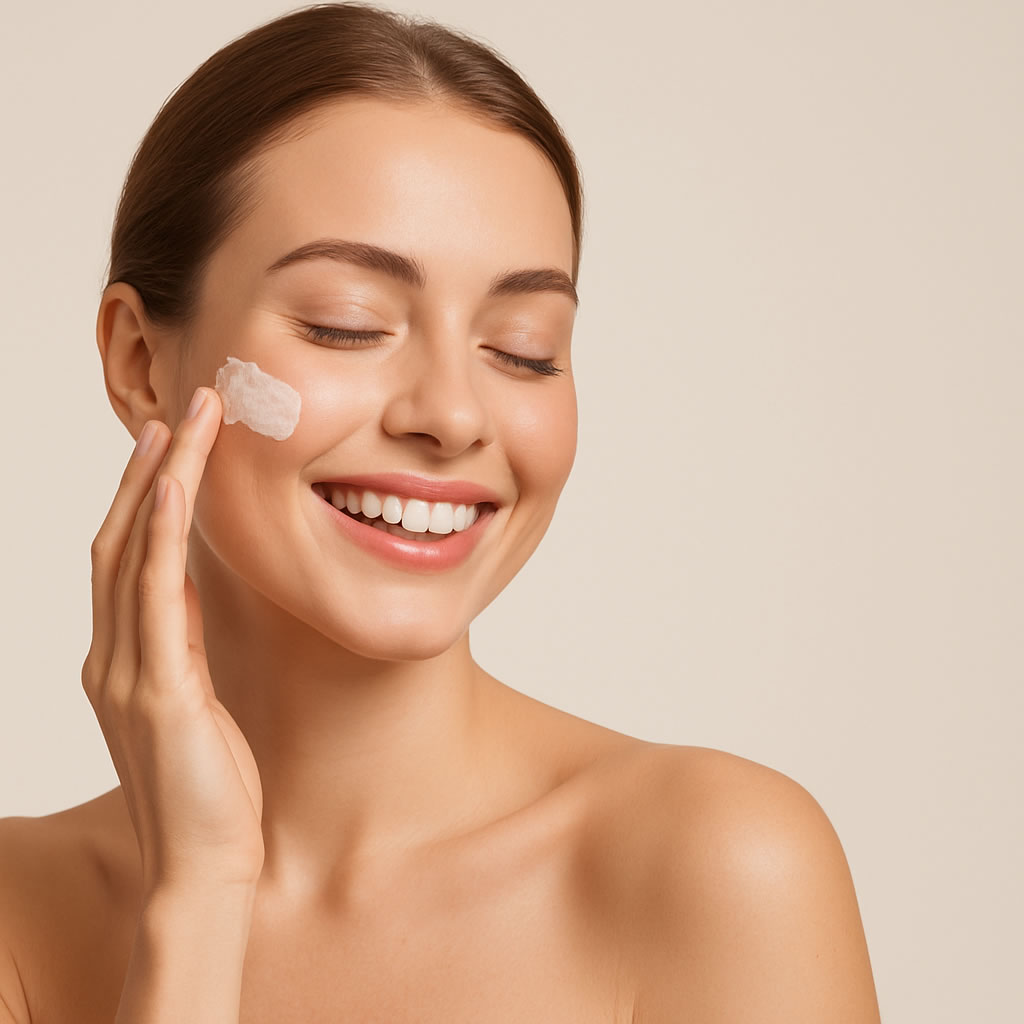
Essential nourishment and hydration to keep skin soft, balanced, and protected throughout the day.
The face cream is the final step of your skincare routine — and even with the lowest concentration of actives, it has a key mission: sealing in all previously applied products like serums, essences, and ampoules, helping them work more deeply and effectively.
More than hydrating, cream forms a protective barrier on the skin, shielding it from:
- Pollution
- Dust
- Bacteria
- Daily environmental aggressors
How to use face cream?
Apply to clean skin, morning and night, as the last step in your skincare routine.
Sunscreen (SPF): your invisible daily shield
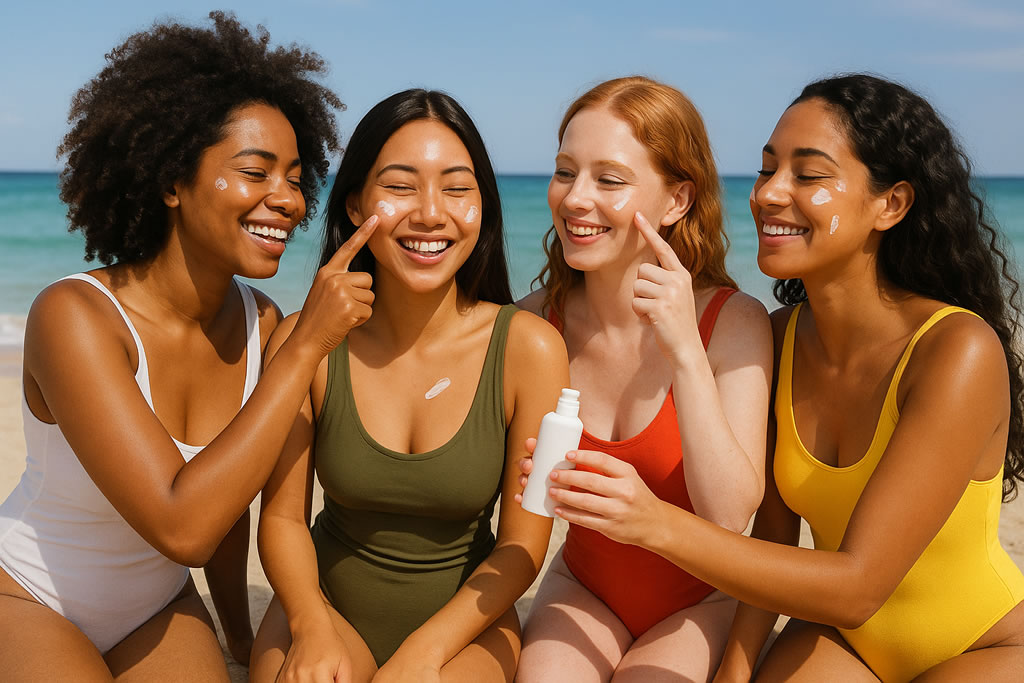
Sunscreen is one of the most important steps in skincare — whether it's summer or winter, rain or shine. UV rays are always present and cause cumulative damage that accelerates aging and increases the risk of spots and skin diseases.
What does SPF do?
SPF (Sun Protection Factor) blocks UVB rays that cause sunburn, and when combined with UVA protection, it also fights premature aging and collagen loss.
How to use it correctly?
- Apply every morning as the final step of your routine
- Reapply every 2 to 3 hours if exposed to direct sun
- Use even on cloudy days or indoors (blue light affects the skin too)
Common mistake: Many people rely on moisturizers or foundation with SPF — but real protection depends on the amount applied.
Ideally, use a dedicated sunscreen with SPF 30 or higher, in generous quantity.
Instant and effective care

Eye patches are like a treatment boost for the delicate skin around the eyes — delivering deep hydration, lifting effect, and immediate refreshment.
Why use them?
- Reduce puffiness and dark circles
- Smooth fine lines
- Refresh and revive the eye area in just minutes
How to use correctly?
- Apply to clean, dry skin after essence or serum
- Leave on for 10 to 20 minutes
- After removal, gently massage the remaining product with your fingers
Extra tip:
Keep patches in the fridge to enhance the de-puffing effect and add a refreshing touch!
Did you know?
The skin around the eyes is up to 5 times thinner than the rest of the face — that’s why it needs extra gentle care. Patches act as a barrier, helping active ingredients penetrate more effectively.